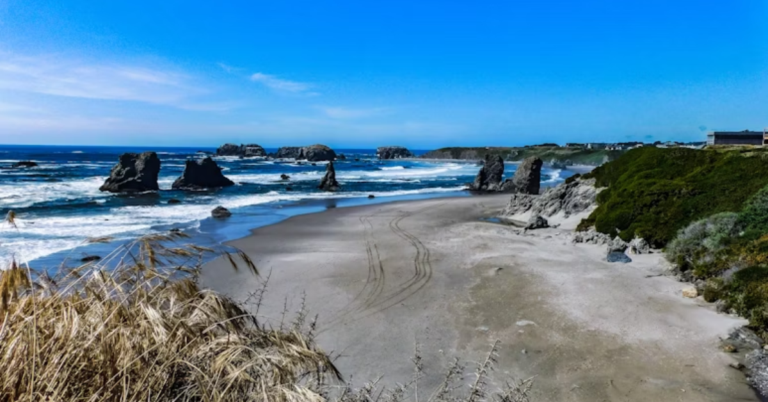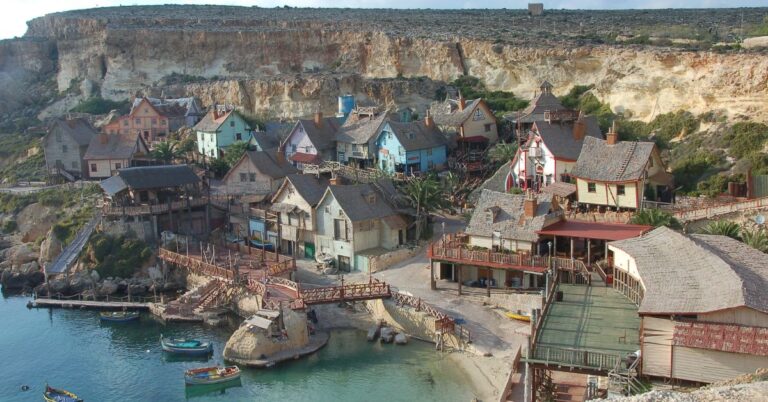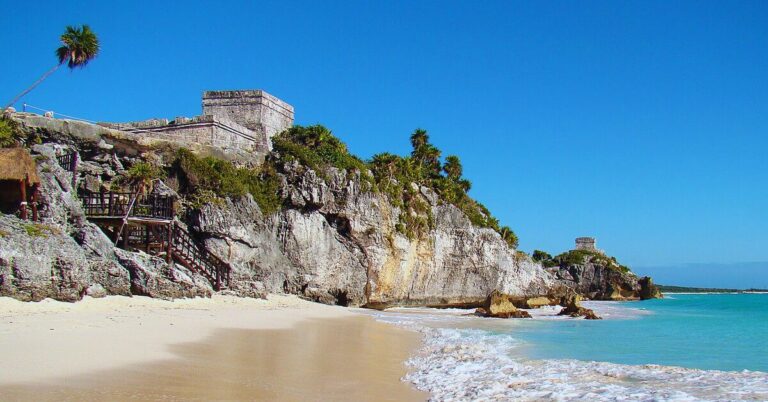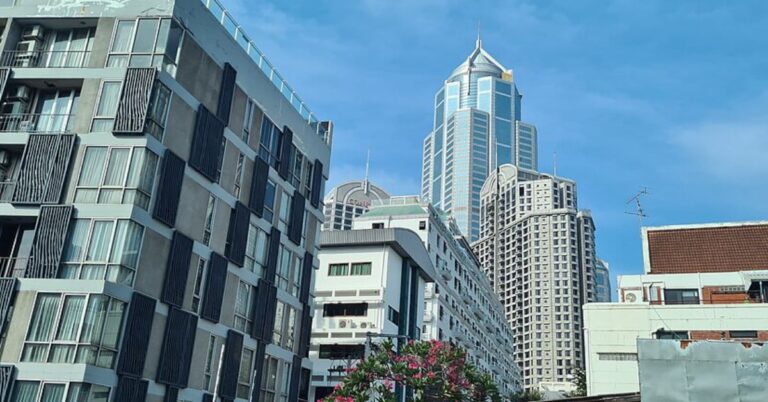15 Travel Destinations That Are Not Rolling Mats For Visitors
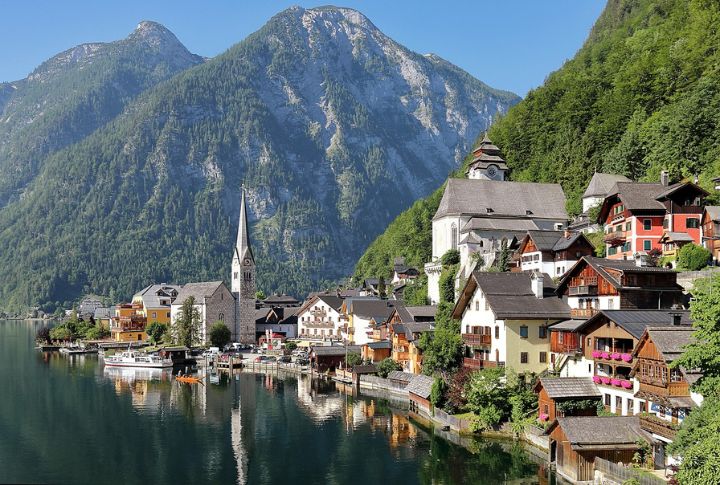
Many places welcome tourists with open arms, but some regions are now trying to close their doors. But what’s the reason, and how are they doing it? Don’t you want to know? If you’re planning a trip, it’s time to find out about these places before you book your tickets.
Barcelona, Spain
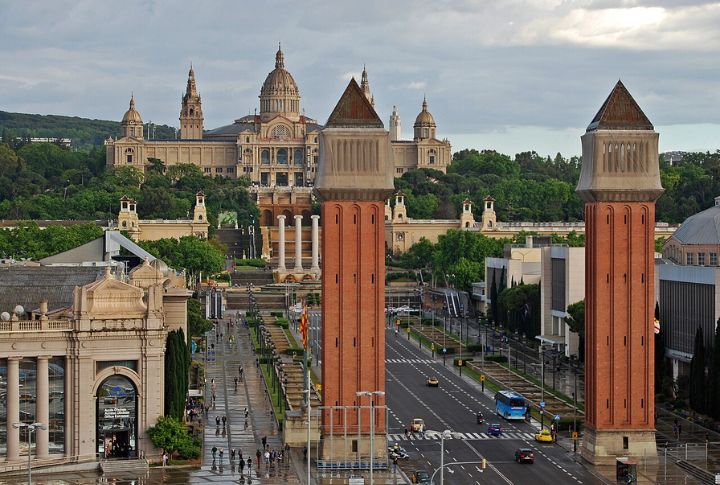
Fed-up locals in Barcelona are pushing back, with protests and graffiti telling tourists to “go home.” To ease the strain, the city is pushing up tourist taxes to around $8.70 per night and will phase out short-term rentals by 2028. Tighter cruise and accommodation rules further curb mass tourism .
Venice, Italy
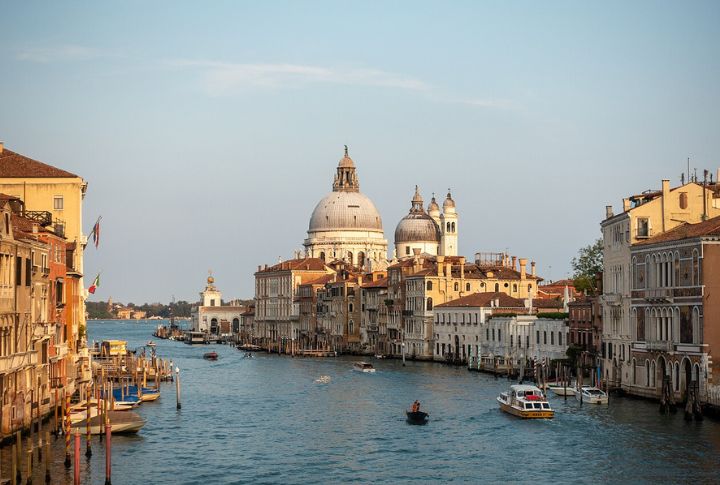
Want to please yourself with day trips to Venice? Be ready to cough up approximately $5.44. The city introduced this tax to curb excessive foot traffic. With limited bridges and narrow streets, tourists clog up daily life. Officials hope the fee makes visitors think twice before swarming in for an Instagram shot and leaving.
Bali, Indonesia

Bali isn’t banning tourists, but you’re not welcome if you don’t act right. Disrespectful visitors climbing sacred temples for selfies? Authorities are cracking them down, even deporting offenders. From now on, tourists must also pay a $10 entry tax—a small price for helping preserve the island’s beauty.
Amsterdam, The Netherlands
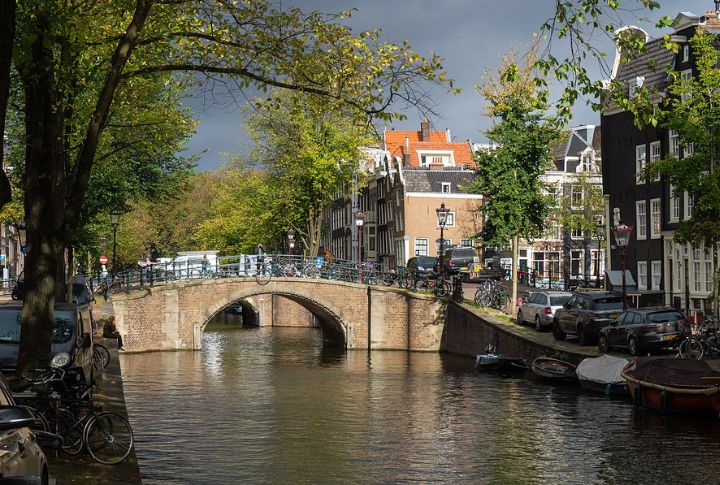
The Dutch capital is dialing back on overtourism. They’re also banning new hotels, limiting cruise ships, and running ads discouraging rowdy partygoers. Local patience is wearing thin, and the city is actively reducing visitor numbers. So, think twice before planning that wild weekend in the Red Light District.
Kyoto, Japan
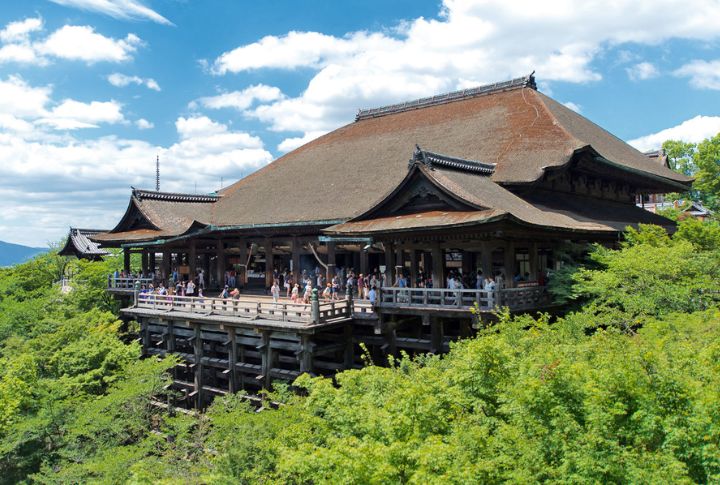
Getting a good night’s sleep in Kyoto is about to get pricier. Hotels already charge up to $6.70 per night in tourist taxes, but by 2026, that fee will skyrocket to $66.97. Tired of visitors disrupting their peaceful neighborhoods, Kyoto citizens are more than happy to see you pay for the privilege.
Santorini, Greece
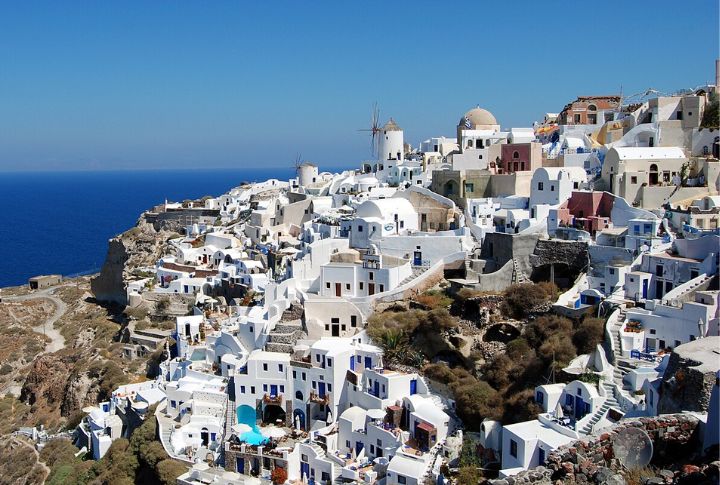
Santorini’s charm is at risk, and Greece is taking action. The island struggles under the weight of daily cruise ship visitors, which overwhelms its narrow streets and limited infrastructure. In response, the government is slashing arrival numbers to ensure those who stay overnight experience the island’s beauty without the chaos of fleeting crowds.
Maya Bay, Thailand
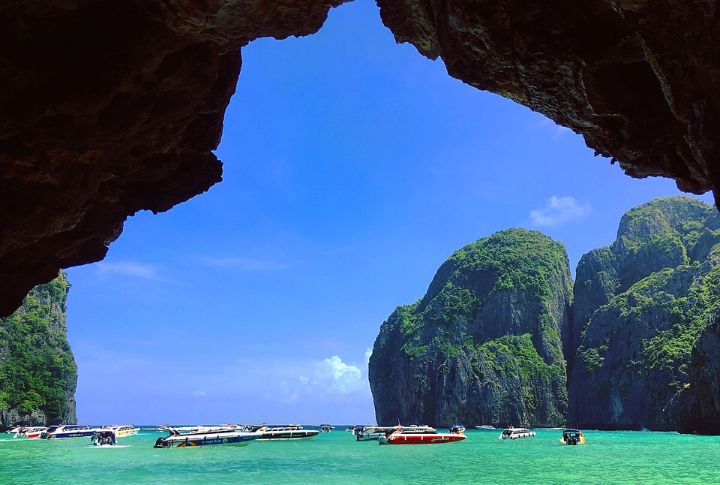
Want to go swimming in Maya Bay? Check if you can. After being overrun by tourists, Thai officials shut it down in 2018 to allow nature to recover. Now reopened in 2022, the bay has strict time limits for visitors, and boats can’t anchor directly. The party days are over, and marine life is now the top priority.
Hawaii, USA
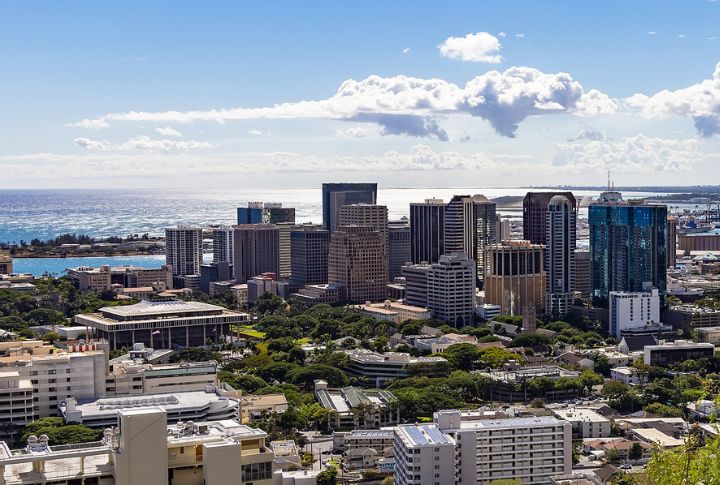
In Hawaii, officials are proposing a $25 per night environmental fee to fund conservation. If it passes, tourists will foot the bill. Understandably, residents are fed up with overcrowding, and some wouldn’t mind if visitors reconsidered their island escape altogether.
New Zealand
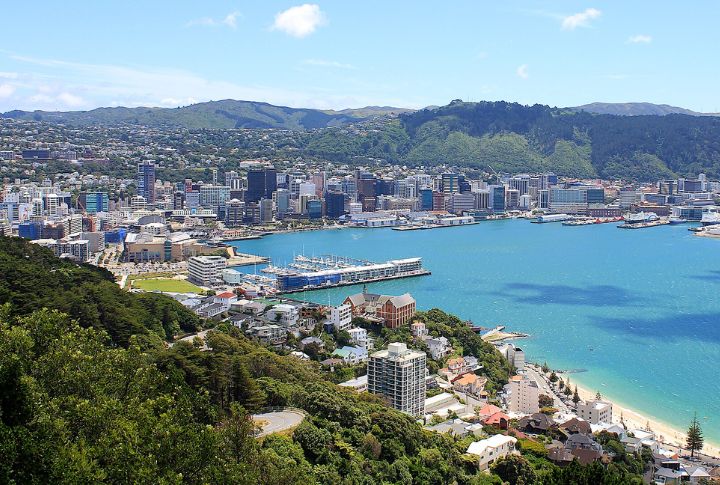
The country is shifting its focus toward attracting wealthy visitors instead of budget backpackers. Officials argue that a few high-spending tourists will reduce environmental strain while boosting the economy, but plenty of “curious explorers” won’t help with that. So, you might not be their ideal guest unless you’re ready to splurge.
Bhutan
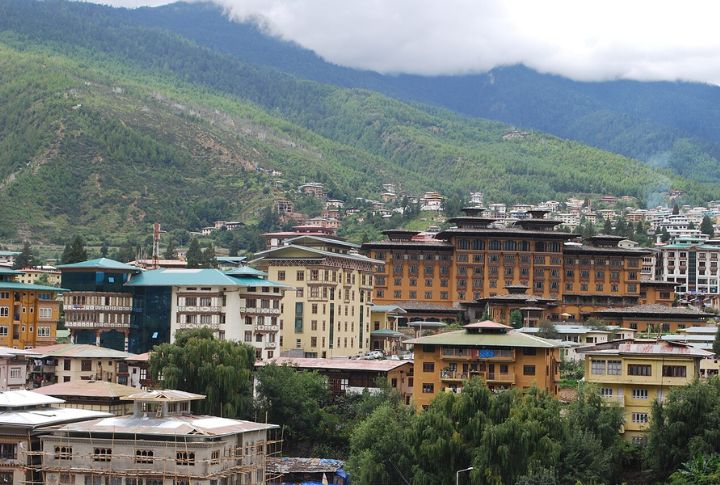
Think Bhutan’s stunning monasteries and untouched terrains are free to roam? Not today. This destination now charges $100 per person per night in Sustainable Development Fees, covering your essentials and a licensed chaperone. Call it exclusivity or a tourist tax—either way, it’s the price of paradise.
Galapagos Island, Ecuador
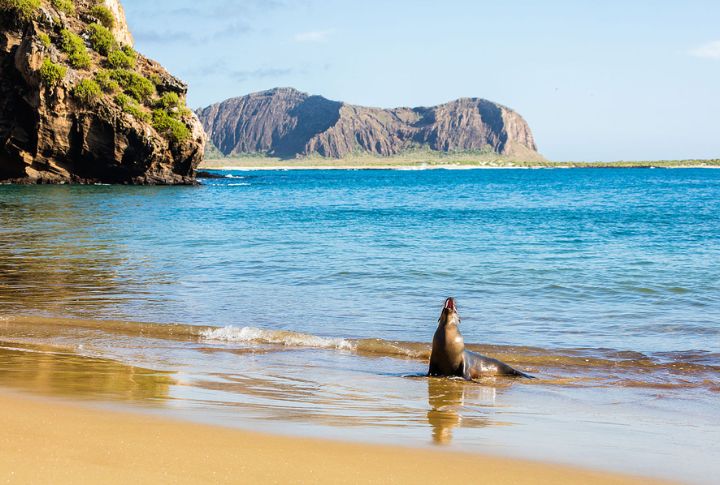
International visitors to the Galapagos now face a doubled entry tax of $200, a move aimed at funding conservation efforts. Authorities hope this fee reduces excessive foot traffic and helps protect the fragile ecosystem. Those unwilling to contribute to preserving its unique wildlife might want to rethink their travel plans.
Ibiza, Spain
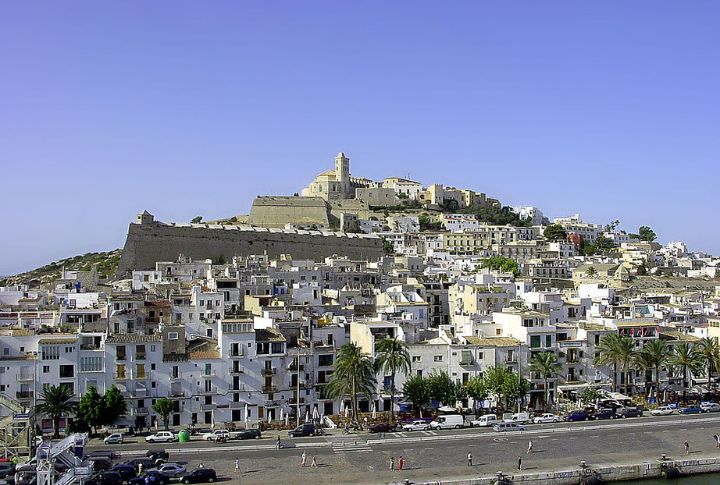
Ibiza is dialing down the party (at least for cruise passengers). New regulations limit docking to just two ships at a time, which cuts back on the flood of day-trippers. Officials hope this move helps maintain the island’s local vibe while catering to longer-term, high-value visitors.
Edinburgh, Scotland

Scotland’s capital will follow Europe’s lead with a 5% tourist tax on accommodations starting in 2026. With the city struggling under rising visitor numbers, the tax is set to be raised up to $64.7 million a year—money that will go back into maintaining infrastructure and making Edinburgh livable for locals.
Seoul, South Korea
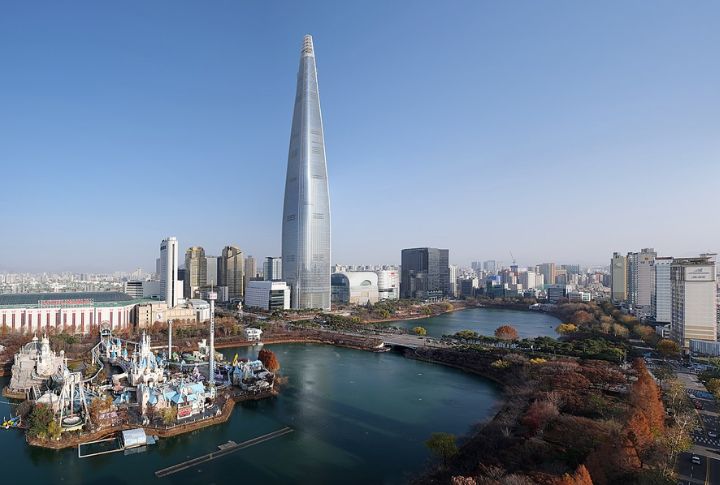
In Bukchon Hanok Village, Seoul, tourists are now under curfew. Residents tired of loud visitors disrupting their daily lives pushed for restrictions so no tourists are allowed from 5 p.m. to 10 a.m. This policy ensures that the actual residents live in peace without banning visitors entirely.
Hallstatt, Austria
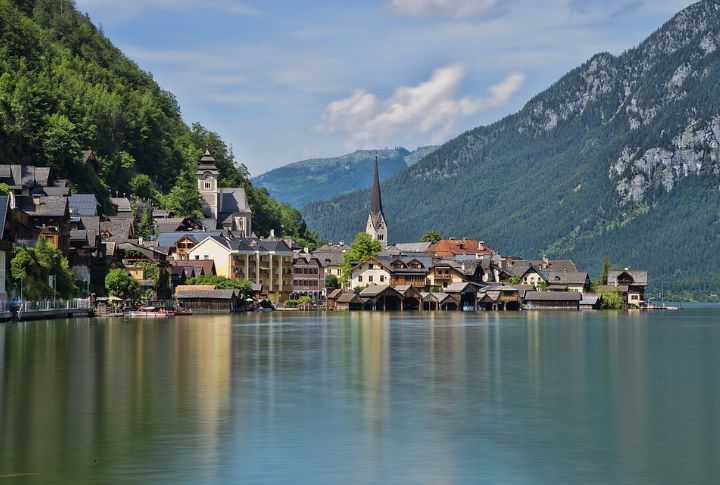
Hallstatt had got enough influencers turning its streets into photo ops. In 2023, officials briefly put up fences to block scenic lake views, hoping to curb overcrowding. Though the barriers came down after a backlash, the message remains clear: Hallstatt isn’t here for your perfect travel experience.

